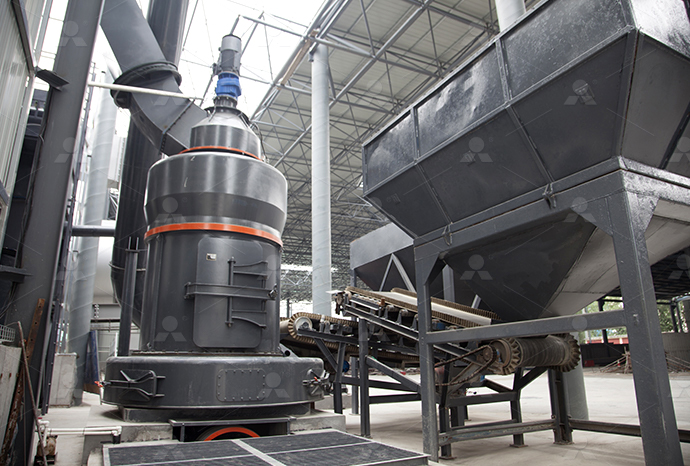
Does coal gangue contain humic acid
.jpg)
Biodegradation of organic compounds in the coal gangue by
The accumulation of CO2C during the 60day culture was first measured to ensure the high efficiency of the selected microorganism, Bacillussp Figure 3 illustrates the accumulation of CO2C for different culture periods It is observable that the microbial respiration rate is always higher than that of the blank control group 展开2021年7月28日 Five coal samples obtained from Chinese coalproducing areas were oxidized by hydrogen peroxide (H 2 O 2), and humic acids (HAs) were derived from original coal and its Characterization of humic acids from original coal and its Nature2023年1月3日 The results reveal that adding selected Bacillus sp to the CG for 40 days can increase the humic acid content by ~ 17 times, reaching 1733817 mg/kg, which is also the Biodegradation of organic compounds in the coal gangue by 2023年11月1日 The humification processes significantly influenced the persistence and low availability of PAHs in soil Therefore, we suggested that the generation of humic substances Insights into relationships between polycyclic aromatic
.jpg)
Structural characteristics of humic acids derived from Chinese
2019年5月31日 Due to the influence of longterm weathering, weathered coal has a high oxygen content and low calorific value However, it is rich in humic substances and has a variety of 2023年1月3日 This study explored a novel process of degrading the harmful organic compounds in the CG into humic acid using a biological method characterized by scanning electron Biodegradation of organic compounds in the coal gangue by2024年2月1日 Under the longterm erosion of natural environment such as sunshine and rain, the HM elements in coal gangue will pollute the surrounding soil environment and air quality Representative coal gangue in China: Physical and chemical Five coal samples obtained from Chinese coalproducing areas were oxidized by hydrogen peroxide (H2O2), and humic acids (HAs) were derived from original coal and its oxidizition Characterization of humic acids from original coal and its Nature
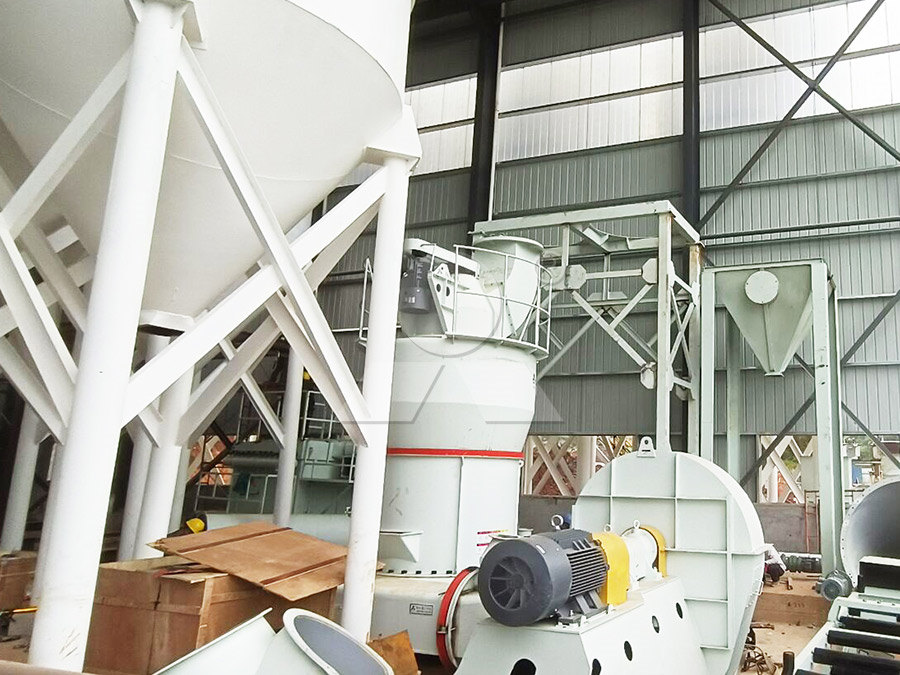
Biodegradation of organic compounds in the coal gangue by
The results reveal that adding selected Bacillus sp to the CG for 40 days can increase the humic acid content by ~ 17 times, reaching 1733817 mg/kg, which is also the best level for Download scientific diagram HAs contents and yields in the CG and CG+B at different culture time from publication: Biodegradation of organic compounds in the coal gangue by Bacillus sp intoHAs contents and yields in the CG and CG+B at 2024年10月16日 Coal gangue piles not only occupy significant amounts of arable land but also cause serious environmental pollution Biodegradation of organic compounds in the coal gangue by Bacillus sp into humic acid Biodegradation 34:125–138 View PubMed Web of Science Google Scholar 48 Kong WJ, Yan YC, Li XY, Liu ZY 2018Solubilization of K and P nutrients from coal gangue by Bacillus 2020年5月5日 Humic acid contains about 50% carbon and 40% oxygen Other compositions include hydrogen (5%), nitrogen (3%), phosphorus, and pressure, compaction, and heating This resulted in a process known as carbonation, What is Humic Acid and How Does it Work?

Extraction of Humic Acids from Lignite and Its Use as
2023年3月24日 Current research focuses on extracting humic acid (HA) compounds from lowrank coals to obtain high valueadded products In this study, HAs with high purity and low heavy metal content were obtained from 2017年1月1日 Humic acids (HAs) are amorphous, colloidal and polydispersed organic compounds with complex compositions and structures resulting from chemical and biological degradation and the transformation of plant and animal residues and microbial cells (Hayes and Wilson, 1997, Dong et al, 2008)They are widely distributed in nature, and their composition, Characterization of pHfractionated humic acids derived from Download Citation On Apr 1, 2023, BaiHang Zhao and others published Degradation of humic acid via peroxymonosulfate activation by FeCo2O4 nanoparticles supported on modified coal gangue Find Degradation of humic acid via peroxymonosulfate activation by 2014年3月20日 Fulvatesthe salts of fulvic acid Leonarditea soft brown coallike deposit usually found in conjunction with deposits of lignite Consider the standard source of humic acid provided by many suppliers and their distributorsLeonardite, which contains over 80% humic acids On the surface, this would seem to be the highestThe Truth about Humic Acid Products Must Read BuildASoil
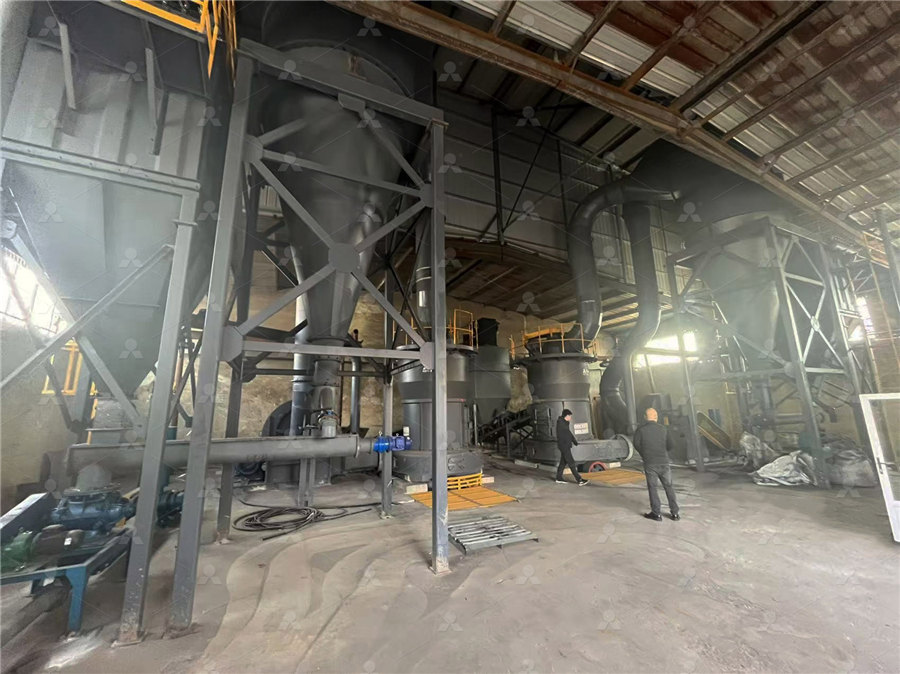
What Are the Benefits of Humic Acid and How Long Does It
2022年3月25日 In general, there are two types of humic acid Granular humic acid and liquid humic acid are two of the most common products used in lawn care Both products work well, and there isn’t much difference between them The only difference is that liquid humic acid works quicker because it doesn’t have to break down before penetrating the soilIt does contain trace amounts of nitrogen, but not more than plants will use It also helps plants better utilize minerals in the soil So, even if your soil has overaccumulated certain minerals, humic acid will help them grow well regardless Finally, since humic acid is fully decomposed, it will never lockup other nutrients in your soilWhen and How to Use Humic Acid Fertilizer to Improve Soil2023年2月6日 Leonardite is a soft, waxy, black, or brown deposit of decomposed plant, insect, or animal matter mined from deep within soils Leonardite is the chief source of humic acid as it contains up to 80% humic acid (Qian et al, 2015) Peat is the next best source of humic acid, as it contains up to 40% humic substances (Jarukas et al, 2021) Soil and compost humus contains Humic Acid vs Biochar: Differences Uses in GardenA range of organic compounds known as humic acids are characteristic products of this degradation, and coals originating from peat formed in this way are known as humic coals Some coal, Such coals sometimes contain fossilized but wellpreserved botanical remains including leaves, woody structures and pollen [Given, 1988]Humic Coal an overview ScienceDirect Topics
.jpg)
Preparation of Humic Acid from Weathered Coal by Mechanical
2024年6月25日 PDF Humic acid (HA) may also contain heavy metals and other hazardous substances, the direct use of which coal gangue, and weathered coal, etc [18]However, the generally weathered bituminous coal contains a large amount of regenerated humic acid (HA) and a variety of oxygencontaining reactive functional groups, such as carboxyl groups, phenolic hydroxyl groups, Weathered coal humic acid2024年6月25日 Humic acid (HA) is rich in functional groups with high activity, which can effectively improve the soil environment The large reserves of weathered coal in China provide sufficient raw material guarantee for HA Preparation of Humic Acid from Weathered Coal by Humic acid can be extracted from any material containing welldecomposed organic matter soil, coal, composts, Chemically, humic acid contains more carbon and less hydrogen than does the animal and plant residues from which it has formed through extensive biological decompositionHumate and Humic Acid Texas AM University
.jpg)
Humic Acids vs Compost FertilGold
2019年12月10日 Humic substances on the other hand (technically humic and fulvic acids) must be mined and purchased As a residue of plant and animal matter that has been created over millions of years (from heat and pressure, much like coal), humic substances contain high amounts of carbon and nutrients and will add directly to soil humus2016年1月26日 Humic acid is filled with trace minerals to help your body running smoothly 2 Alleviates the Common Cold If you’re feeling sick, humic acid might just be the remedy you need A 1991 study found that regular doses of humic acid and fulvic acid could help alleviate the symptoms of the common cold quickly and comfortably 3 Fights Bronchitis15 Humic Acid Uses and Benefits Wellness Mama2024年6月6日 What Is Fulvic Acid? Fulvic acid 1 (sometimes confused with folic acid) is a byproduct of decomposing plant life in a unique type of soil called humus This organic compound is the smallest of a class of complex molecules called humic acids, which are vital to growing healthy, nutrientrich crops 2 The millions of microbes found in fulvic acid protect and nourish Why Almost Everyone Needs Fulvic Acid Humic Acid GreenSmoothieGirlWhat Is Humic Acid? Humic and Fulvic acids are the final breakdown constituents of the natural decay of plant and animal materials These organic acids are found in prehistoric deposits Humic matter is formed through the chemical and biological humification of plant and animal matter and through the biological activities of microorganismsWhat Is Humic Acid? SoilBiotics
.jpg)
Characterization of coalbased fulvic acid and the construction
Characterization of coalbased fulvic acid and the construction of a fulvic acid molecular model† Guanqun Gong, ‡a Xin Yuan, ‡b Yingjie Zhang, ‡*a Yajun Li, b Weixin Liu, b Ming Wang, b Yufeng Zhao b and Liangwei Xu b Fulvic acid (FA) is important in modern agriculture, ecological restoration, life science, and medicine The2019年12月1日 Coal gangue contains high clay minerals, in which the total content of SiO 2, A1 2 O 3 and Fe 2 O 3 is generally more than 80%, therefore, it can be a cement material (OH) 3 from coal gangue by acid method, and the extraction rate of Al 2 O 3 in coal gangue reached 818% (Ren, 2012)Comprehensive utilization and environmental risks of coal gangue: A 2022年3月2日 Humic acids (HA) are organic molecules that play essential roles in improving soil properties, plant growth, and agronomic parameters The sources of HA include coal, lignite, soils, and organic (PDF) Understanding the Role of Humic Acids on Crop 2023年6月1日 Industrial solid waste can be used as nanoparticles potential supports to form heterogeneous catalysts for removing organic substances Herein, coal gangue was modified by sulfuric acid pickling and hightemperature calcination, and FeCo 2 O 4 /modified coal gangue (FCMCG) catalysts were synthesized via a citric acid combustion method The crystal Degradation of humic acid via peroxymonosulfate activation by
.jpg)
Humic Acid an overview ScienceDirect Topics
Water and Membrane Treatment Rajindar Singh, in Membrane Technology and Engineering for Water Purification (Second Edition), 2015 Organic fouling Humic acid and fulvic acid represent up to 80% of the TOC – dissolved organics – of natural waters Humic substances are weak acidic electrolytes with carboxylic and phenolicOH groups with a micellelike structure and with a Coal gangue (CG), one of the world’s largest industrial solid wastes produced during coal mining, is extremely difficult to be used owing to its combined contents of clay minerals and organic macromolecules This study explored a novel process of degrading the harmful organic compounds in the CG into humic acid using a biological method characterized by scanning Biodegradation of organic compounds in the coal gangue by Humic acid is a complex organic substance that occurs naturally in soil, peat, and coal It is formed through the decomposition of plant and animal matter over thousands of years Humic acid is rich in carbon, hydrogen, oxygen, nitrogen, and sulfur, and is known for its ability to improve soil fertility and promote plant growthHumic Acid: What Is Humic Acid? Journal Of Nutrition2023年4月1日 The amount of organic matter (OM) is estimated as 10 16 tons of C, constituting the largest geological C pool on the earth’s surface (GonzálezPérez et al, 2004; Arias et al, 2005)This amount is very high and restricts the humin (HM)/humic acid (HA) fraction present on the surface layer of farmed soil, totalling 1 500 × 10 9 tons Soils contain more C than the Humic substances: Structure, function and benefits for
.jpg)
Humic acids: Structural properties and multiple functionalities for
2016年5月1日 Humic acids (HAs) are macromolecules that comprise humic substances (HS), which are organic matter distributed in terrestrial soil, natural water, and sediments resulting from the decay of vegetable and natural residues [1]Commercial HAs are extracted from peat and coal, which are nonrenewable sources of carbon2021年3月1日 The properties of the initial soil samples are shown in Table S1 The tested humic acid (HA) was weathered coal HA taken from Shandong Nongda Fertilizer Technology Co, Ltd, and the basic Effects of different types of humic acid isolated from coal on soil 2020年10月14日 Download Citation Characterization of coalbased humic acids in relation to their preparation methods Lignite resource is abundant in China Its high moisture and high selfignition tendency Characterization of coalbased humic acids in relation to their 2023年2月1日 In terms of energy, natural coal gangue contains a certain amount of carbon large specific surface area using a method similar to the preparation of humic acid from coal gangueFabrication and application of porous materials made from coal gangue
.jpg)
Solubilization of K and P nutrients from coal gangue by Bacillus
2024年10月16日 Coal gangue piles not only occupy significant amounts of arable land but also cause serious environmental pollution Biodegradation of organic compounds in the coal gangue by Bacillus sp into humic acid Biodegradation 34:125–138 View PubMed Web of Science Google Scholar 48 Kong WJ, Yan YC, Li XY, Liu ZY 20182020年5月5日 Humic acid contains about 50% carbon and 40% oxygen Other compositions include hydrogen (5%), nitrogen (3%), phosphorus, and pressure, compaction, and heating This resulted in a process known as carbonation, What is Humic Acid and How Does it Work?2023年3月24日 Current research focuses on extracting humic acid (HA) compounds from lowrank coals to obtain high valueadded products In this study, HAs with high purity and low heavy metal content were obtained from Extraction of Humic Acids from Lignite and Its Use as 2017年1月1日 Humic acids (HAs) are amorphous, colloidal and polydispersed organic compounds with complex compositions and structures resulting from chemical and biological degradation and the transformation of plant and animal residues and microbial cells (Hayes and Wilson, 1997, Dong et al, 2008)They are widely distributed in nature, and their composition, Characterization of pHfractionated humic acids derived from
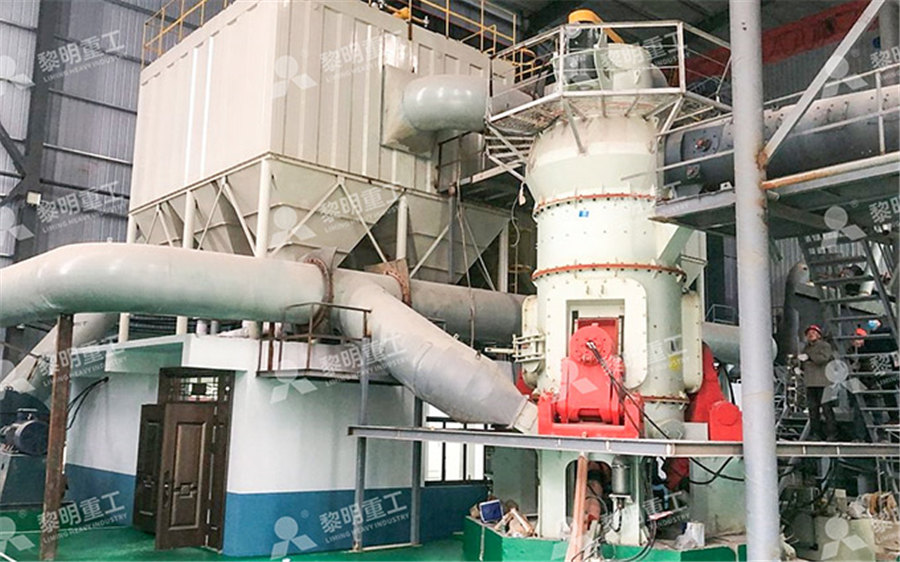
Degradation of humic acid via peroxymonosulfate activation by
Download Citation On Apr 1, 2023, BaiHang Zhao and others published Degradation of humic acid via peroxymonosulfate activation by FeCo2O4 nanoparticles supported on modified coal gangue Find 2014年3月20日 Fulvatesthe salts of fulvic acid Leonarditea soft brown coallike deposit usually found in conjunction with deposits of lignite Consider the standard source of humic acid provided by many suppliers and their distributorsLeonardite, which contains over 80% humic acids On the surface, this would seem to be the highestThe Truth about Humic Acid Products Must Read BuildASoil2022年3月25日 In general, there are two types of humic acid Granular humic acid and liquid humic acid are two of the most common products used in lawn care Both products work well, and there isn’t much difference between them The only difference is that liquid humic acid works quicker because it doesn’t have to break down before penetrating the soilWhat Are the Benefits of Humic Acid and How Long Does ItIt does contain trace amounts of nitrogen, but not more than plants will use It also helps plants better utilize minerals in the soil So, even if your soil has overaccumulated certain minerals, humic acid will help them grow well regardless Finally, since humic acid is fully decomposed, it will never lockup other nutrients in your soilWhen and How to Use Humic Acid Fertilizer to Improve Soil
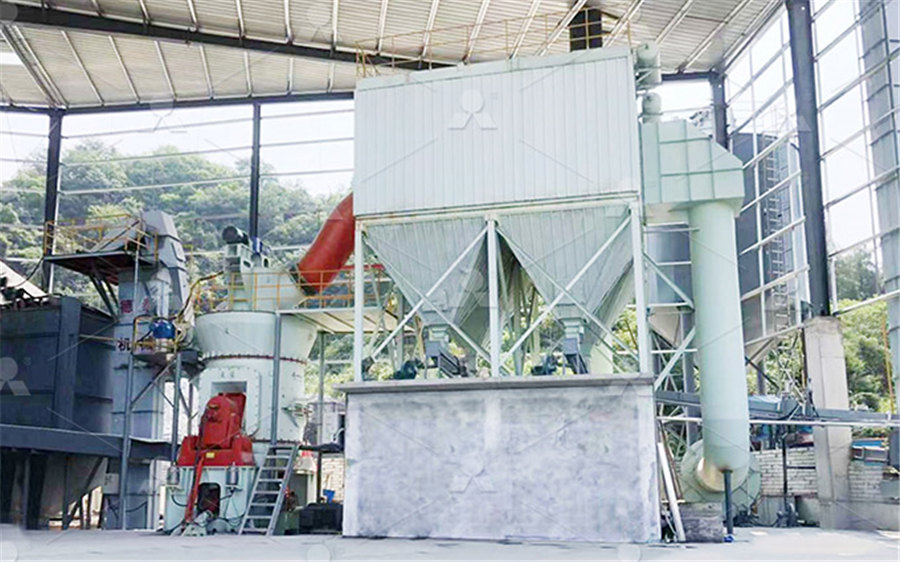
Humic Acid vs Biochar: Differences Uses in Garden
2023年2月6日 Leonardite is a soft, waxy, black, or brown deposit of decomposed plant, insect, or animal matter mined from deep within soils Leonardite is the chief source of humic acid as it contains up to 80% humic acid (Qian et al, 2015) Peat is the next best source of humic acid, as it contains up to 40% humic substances (Jarukas et al, 2021) Soil and compost humus contains A range of organic compounds known as humic acids are characteristic products of this degradation, and coals originating from peat formed in this way are known as humic coals Some coal, Such coals sometimes contain fossilized but wellpreserved botanical remains including leaves, woody structures and pollen [Given, 1988]Humic Coal an overview ScienceDirect Topics












